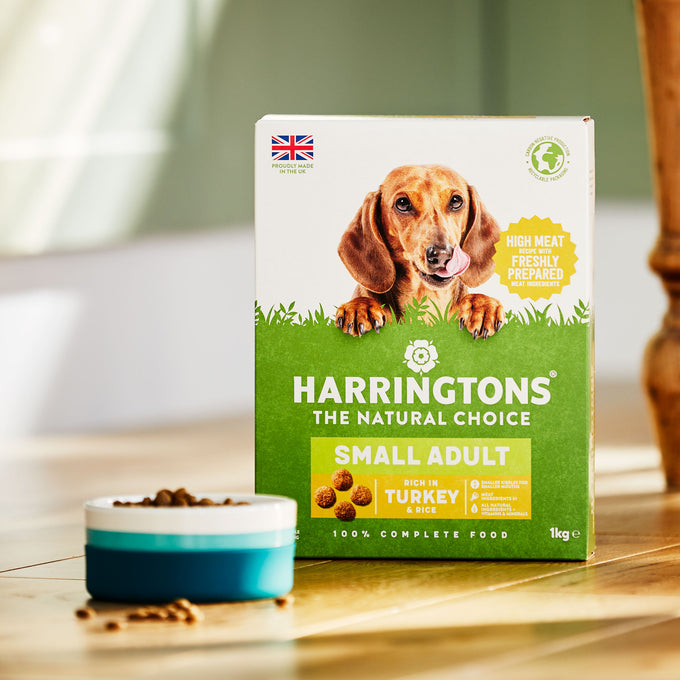Paws up — does anyone actually enjoy going to the vets? Unfortunately, much like visiting the dentist for a human, vet trips are scarcely ever hugely enjoyable, but are absolutely crucial for ensuring overall health and wellbeing of our pups.
As scary as they are, establishing a healthy vet-going attitude can stand a young dog in good stead for the rest of its life.
So, if it’s almost time, these top tips will help you raise a courageous, vet-going pup!
First step — choosing a veterinary practice
As we mentioned in a previous Puppy Club article about costs and budgeting, simply opting for the cheapest — or closest — vet isn’t always the best option, although price and proximity may play a role in your decision.
Research is king. Multiple, positive word-of-mouth recommendations are obviously a very good indicator of an excellent practice, but also make sure to scour local social media groups for your area.
To operate legally, veterinary practices must be registered with the RCVS, so it might be helpful to check on their website whilst you research.
If your dog has specialist medical needs, this may affect your choice of practice, as might the opening hours of the practice. Some vets also offer extra services, such as obedience training, so this could be a factor that influences your decision.
Once you’ve made your decision and it’s getting round to appointment time, here are a few top tips for making the experience as seamless and stress-free as possible.
Top tips for your puppy’s first vet trip
-
Walk to the vets
Not only will they get to stretch their legs and get some endorphin-releasing exercise, but your new pup will be able to avoid the dreaded doggy travel case. This will help them to associate vet going less with fear, and more with an endorphin-releasing, relaxing exercise.
-
Try to avoid waiting around
Sitting in the waiting room for extended periods with other furry four-legged patients — dogs and cats who might be barking and yowling — can make the experience a lot more fearful.
When you’re booking your first trip, have a word in the ear of the receptionist. Would it be possible to cut down on waiting time, so you can get straight in and out, as soon as possible? It’s usually easier to avoid busy waiting rooms earlier in the morning. Another way around this is to keep your puppy outside until it’s time to be seen.
-
Know what to expect
It can be an experience that’s as confounding and confusing for owners as it is for the pup in question — so being aware of what’s in store can make things smooth and simple.
For their first consultation, expect a thorough, general check up. This will examine your puppy’s coat, skin, teeth and weight to get an overall picture of health. The vet will also check up on their heartbeat with a stethoscope, as well as taking your pup’s temperature.
Usually, there’ll also be a brief discussion about the vaccinations your puppy will need. De-fleaing and deworming are important aspects of doggy health, so expect to touch on those too, as well as neutering and microchipping.
To ensure you’re fully prepared, make sure you have details about any previous treatments your puppy has had — this will have been supplied by the rescue centre or breeder. If you have any burning questions for the vet, it might be helpful to note these down in case you forget.

-
Mimic the vets
By getting your puppy used to what will happen at a veterinary practice, you can make the experience less novel — and therefore less scary and stressful.
So, for example, place a thick towel down and have your puppy stay on it, mimicking a vet’s bed. Eventually, graduate to lifting them onto an elevated surface.
Initially, simply gently stroke your dog. Once they’re used to that, start to examine them as a vet might — checking their tummies, teeth, feet, legs, tail and so on. Holding them close to stop them wriggling may also be useful to prepare them for jabs. Once they’re confident, consider mimicking some of the vet’s equipment — like the stethoscope — by placing a metal spoon on your dog’s chest.
Needlessly to say, keep these sessions short, and reward them plentifully for their bravery with bountiful congratulatory cuddles, snuggles and treats!
-
Harness the power of the treat
Doggy treats are a magical thing, and they’re particularly useful for getting your young pup used to those initial trips. If they come to associate the vets with plenty of verbal praise and a few tasty treats, everyone’s a winner.
Even if they’re as fit as a butcher’s dog, getting your dog used to going to the vet will stop them ever associating it with being poorly. It’s usually recommended for them to be an annual occurrence.
Establishing a good vet-going routine, associated with walks and treats, can pay dividends.

